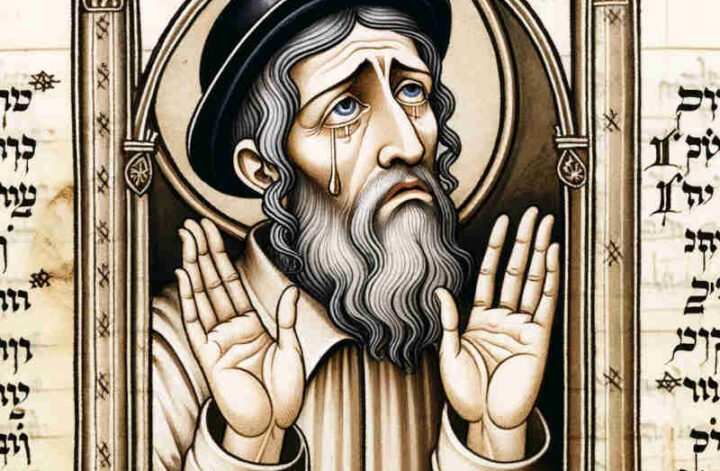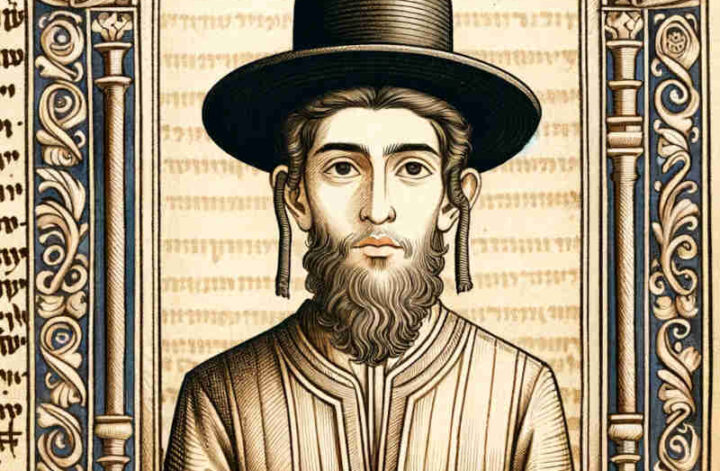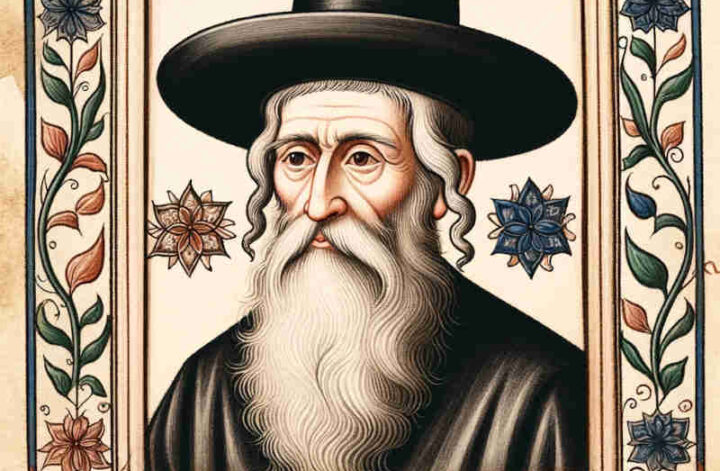Question from a Reader
Dear Rabbi Joshua,
I want to offer condolences to a Jewish friend who has recently lost a loved one. How can I do this respectfully and in accordance with Jewish traditions?
Sincerely,
Emily Gonzales
The Essence of Jewish Condolences
Dear Emily,
Your desire to offer condolences in a manner sensitive to Jewish traditions is commendable. In Judaism, comforting the bereaved is a profound act of kindness and empathy.
The Jewish approach to condolences revolves around the principle of ‘Nichum Aveilim’ (ניחום אבלים), comforting the mourners. This practice is more than just expressing sorrow; it’s about providing support and understanding during a time of loss.
Offering Comfort During the Shiva
After a funeral, Jews observe a period called ‘Shiva’ (שבעה), seven days of mourning. During this time, it is customary for friends and community members to visit the mourner’s home to offer comfort. When visiting, it’s important to let the mourners lead the conversation. They may wish to speak about their loved one, or they may prefer silence. Your presence alone can be a source of comfort.
Appropriate Words and Actions
When speaking, traditional Jewish expressions of condolence include saying “Baruch Dayan HaEmet” (ברוך דיין האמת) – “Blessed is the True Judge.” This phrase acknowledges God’s ultimate judgment. Another common phrase is “May God comfort you among the other mourners of Zion and Jerusalem” (המקום ינחם אתכם בתוך שאר אבלי ציון וירושלים).
It’s also appropriate to share fond memories of the deceased, highlighting their virtues and the positive impact they had on others’ lives.
Practical Assistance and Ongoing Support
Offering practical help, such as preparing meals or assisting with errands, can be incredibly helpful. Jewish tradition emphasizes the importance of supporting mourners in tangible ways.
Remember, the need for comfort doesn’t end with Shiva. Checking in on the mourners regularly, offering an ear to listen or a shoulder to lean on, can be invaluable as they navigate their grief.
Conclusion
In conclusion, Jewish condolences are about being present, offering heartfelt words, and providing practical support. Your sensitivity to these traditions will undoubtedly be a source of solace to your friend during this difficult time.
May your efforts bring comfort to those in mourning.
Shalom,
Rabbi Joshua


